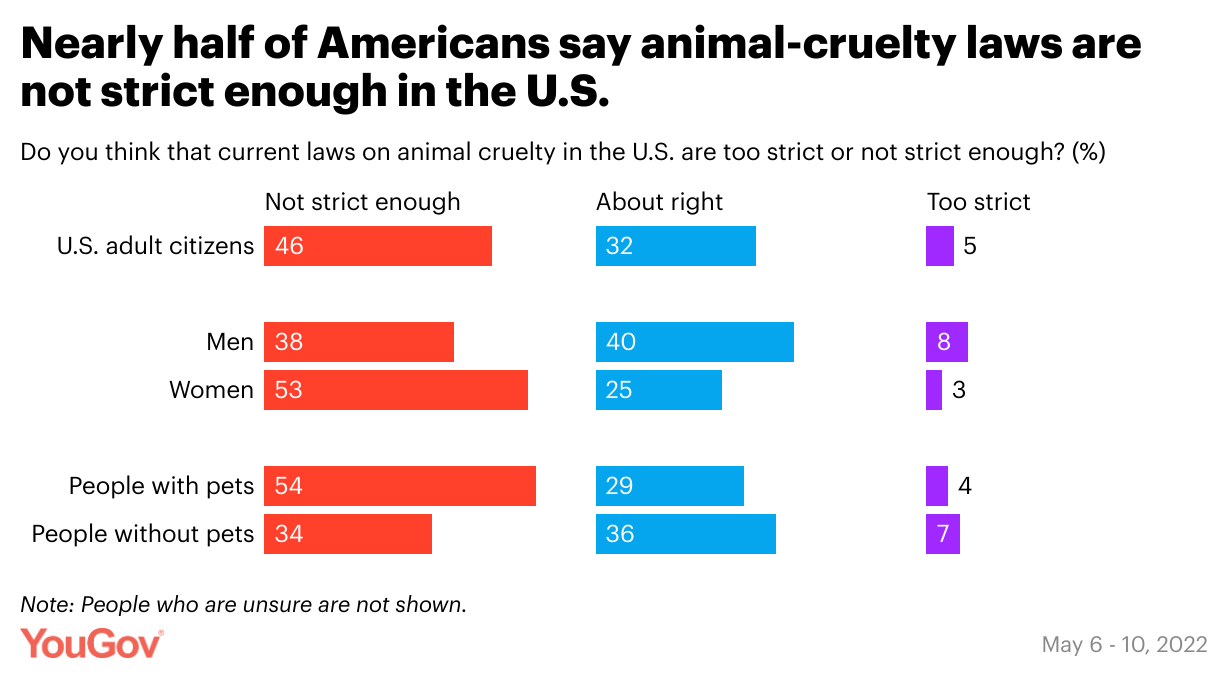Animal cruelty is an insidious evil that often unfolds in the shadows, with many instances occurring in plain sight. The question that arises is, why do bystanders frequently remain silent? The psychological underpinnings of this silence reveal complex layers of human behavior and societal norms. Understanding these dimensions can aid in formulating strategies that effectively combat animal cruelty.
The phenomenon of bystander inaction is coined the “bystander effect.” It posits that the presence of others discourages an individual from intervening in an emergency situation. This can be counterintuitive; one might presume that the presence of multiple witnesses would amplify the likelihood of action. However, the converse is often true. As individuals observe acts of cruelty, the diffusion of responsibility occurs, leading to paralysis of action. This social psychological dynamic is particularly pronounced in scenarios of animal abuse.
To unravel the intricacies of this issue, it is critical to explore various psychological factors that contribute to the bystander effect. Fear is a significant deterrent. Witnesses may fear repercussions, such as retaliation from the abuser or involvement in legal proceedings. This apprehension can be so overwhelming that it stifles any instinctive impulse to act. Furthermore, emotional fatigue plays a role. Individuals inundated with distressing news regarding animal welfare may develop a sense of helplessness, believing their individual actions would be insignificant in rectifying the pervasive problem of cruelty.
Cognitive dissonance also contributes to the silence observed among bystanders. When witnessing an act of cruelty, individuals may experience a dissonance between their moral beliefs and the harsh reality of the situation. To minimize this discomfort, they might rationalize their inaction. They may tell themselves that someone else will intervene, or that the situation is not as dire as it appears. Such rationalizations not only affirm their inaction but also provide a psychological shield against the discomfort associated with the act of cruelty.
Social norms present an additional layer to understanding the bystander effect. In many environments, particularly those that perpetuate systemic cruelty, there exists an unspoken code of silence. If an individual is part of a community that views animal cruelty as permissible or trivial, their likelihood of reporting such acts diminishes significantly. This form of social conditioning can create a culture where silence becomes normative, making the act of speaking out not only difficult but socially unacceptable.
Moreover, the role of empathy cannot be overstated. The ability to empathize with animals is crucial when it comes to taking action against cruelty. Some individuals may struggle to relate to non-human beings, failing to recognize the emotional and physical pain they endure. This lack of empathy exacerbates the silence, as individuals find it easier to ignore distressing situations that do not resonate emotionally with them.
Additionally, personal beliefs about animal rights can heavily influence a bystander’s likelihood to act. Individuals who view animals as property may feel justified in remaining passive, believing that the abuser has the right to do as they please. Conversely, those who recognize animals as sentient beings with intrinsic value are more likely to intervene. Education plays a vital role here; raising awareness about animal sentience and rights can foster empathy and drive action.
The visibility of bystander silence in animal cruelty cases is further compounded by the lack of supportive infrastructure for witnesses. Often, individuals may wish to intervene but feel ill-equipped to do so. They may hesitate, questioning their ability to handle the situation effectively or fearing potential backlash. Establishing clear reporting mechanisms and providing resources for witnesses can empower individuals to take action.
Apart from psychological barriers and societal norms, there is an urgent need to address the emotional toll of witnessing cruelty. By becoming attuned to the psychological distress that can accompany witnessing such acts, communities can create supportive environments that foster dialogue and action. For instance, community workshops focusing on empathy-building exercises can cultivate a deeper understanding of animals’ needs and experiences. This, in turn, can embolden individuals to speak out against cruelty.
Encouragingly, there are burgeoning movements aimed at combating animal cruelty that seek to address the silence effectively. These initiatives often harness the power of social media to raise awareness and mobilize action. Tools like social campaigns serve to educate the public while also providing platforms for collective action, enabling individuals to feel empowered rather than isolated.
Societal change hinges on transforming the psychology of silence surrounding animal cruelty. Through sustained education, the bolstering of empathy, and the establishment of supportive frameworks, we can begin to shift the tide against bystander inaction. The role of an individual as an active participant in advocating for animal welfare is paramount. Grassroots efforts can inspire others, creating a ripple effect that encourages more witnesses to act rather than remain silent.
Every voice counts. When bystanders find the courage to speak up and act, they not only challenge the perpetrator but also embolden others to follow suit. It is imperative that society redefines its relationship with animals, moving toward a collective stance against cruelty. Together, individuals can dissolve the silence that has long shrouded this grave societal issue.








